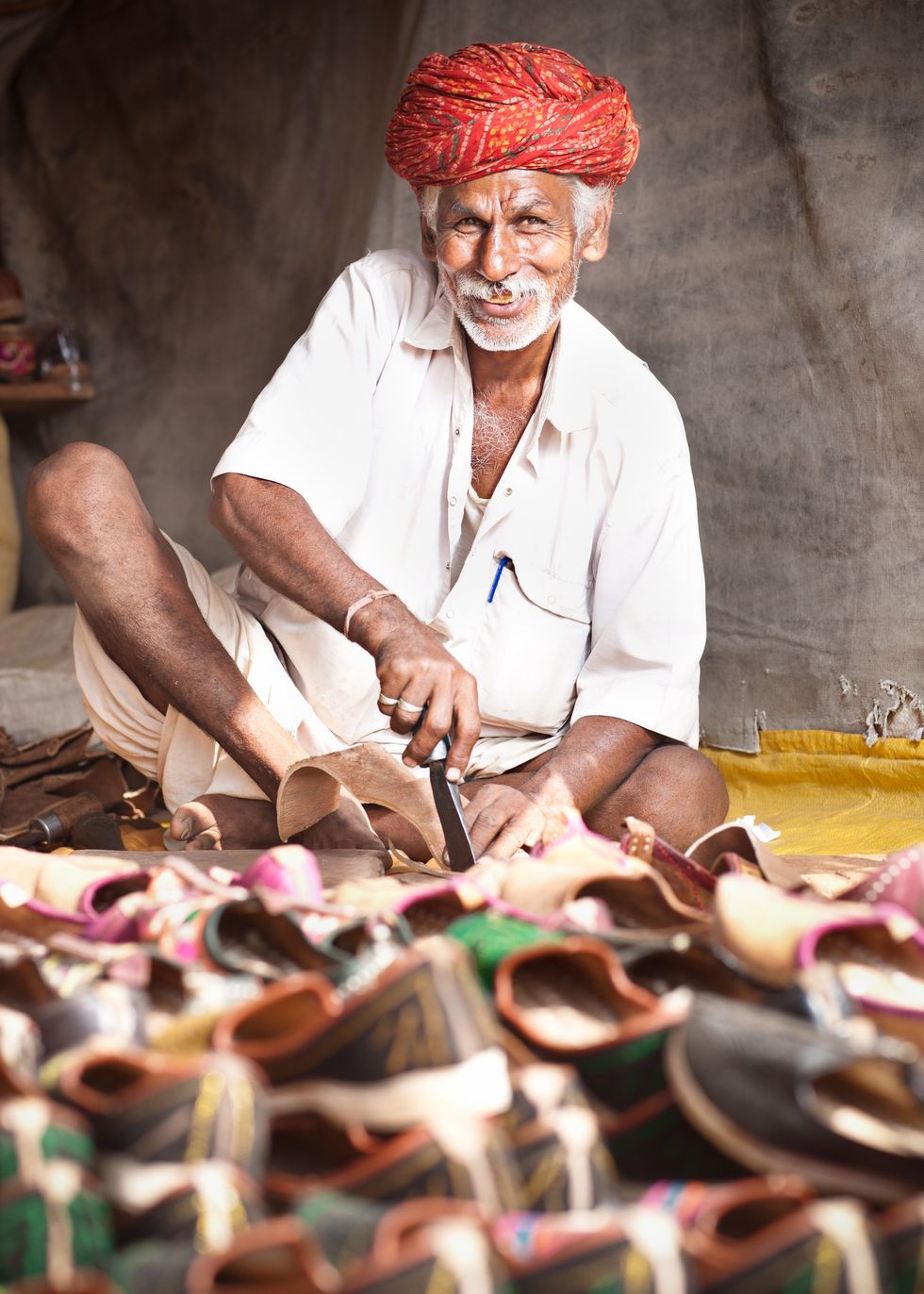THE Professional Footballers' Association's (PFA) new mentoring scheme to increase Asian representation in UK football has got the backing from Neil Taylor and Danny Batth.
Aston Villa's Taylor and Stoke's Batth will educate families and inspire youngsters as part of the five-year Asian representation plan, reported Sky Sports News.
South Asians represent around eight per cent of the UK population, but just 0.3 per cent are elite footballers.
This season there is an all-time high of Asian representation within elite football, with 15 players on a professional contract and nine scholors within the system. However, the lack of Asian players is still described as the 'single largest statistical anomaly in English football.
The PFA's initiative aims to also engage with Asian coaches and female players in the Women's Super League, as well as identifying and supporting club community organisations aiming to promote Asian participation and inclusion.

Batth started his career at Wolves and says the thought of making it into the Premier League is what drives him, and now wants to inspire the younger generations.
"We just feel that, as a collective, current players of Asian background can help younger players have a better chance of making a career in the game," he told Sky Sports News.
"One thing we want to do with this programme is to give those lads in academies and development squads the best opportunity of being successful. We feel we have a little bit we can give back. We can help families as well. I know my parents, while I was coming through the academy, found it difficult because they didn't know too much about football and perhaps didn't have those experienced heads they could speak to for guidance."
According to Taylor, the mentoring is the bare minimum we can do for the upcoming players, as we have had a career in the game.
"Less than one per cent make it right to the top and it's important we instil the right mentality to the players from a young age. I have been talking to the scholars, academy players and their parents on this programme about the player pathways and some of the potential pitfalls they may face along the way," the Aston Villa defender told Sky Sports News.
"If we are to make a mark and send the right messages to those who want to take up football as a career, this is a step in the right direction and it hasn't been done before."
PFA education advisor, Riz Rehman told Sky Sports News: "What we also want is a steady stream of players coming into the system and progressing right the way through. Right now the numbers are very low. There are fifteen players on a professional contract and around 10 on a scholarship.
"Being realistic we are not going to see that number doubling any time soon, but hopefully, in the next five, 10, 15 years, we will see a better representation of South Asian players across the Premier League, EFL and within the Academy system."
















 Prada confirms Kolhapuri chappals inspired its 2026 Milan collectionInstagram/
Prada confirms Kolhapuri chappals inspired its 2026 Milan collectionInstagram/ Kolhapuri chappals have been crafted for centuries and received GI tag in 2019 iStock
Kolhapuri chappals have been crafted for centuries and received GI tag in 2019 iStock 
 Shefali Jariwala dies at 42 after cardiac arrest, industry mourns Kaanta Laga starInstagram/
Shefali Jariwala dies at 42 after cardiac arrest, industry mourns Kaanta Laga starInstagram/ Shefali Jariwala was married to actor Parag Tyagi,Instagram/
Shefali Jariwala was married to actor Parag Tyagi,Instagram/